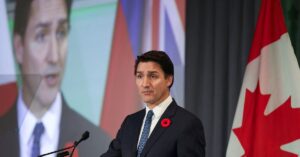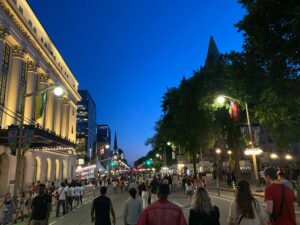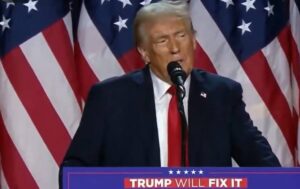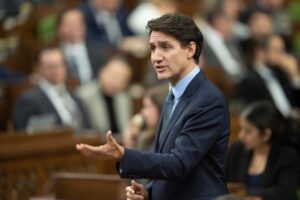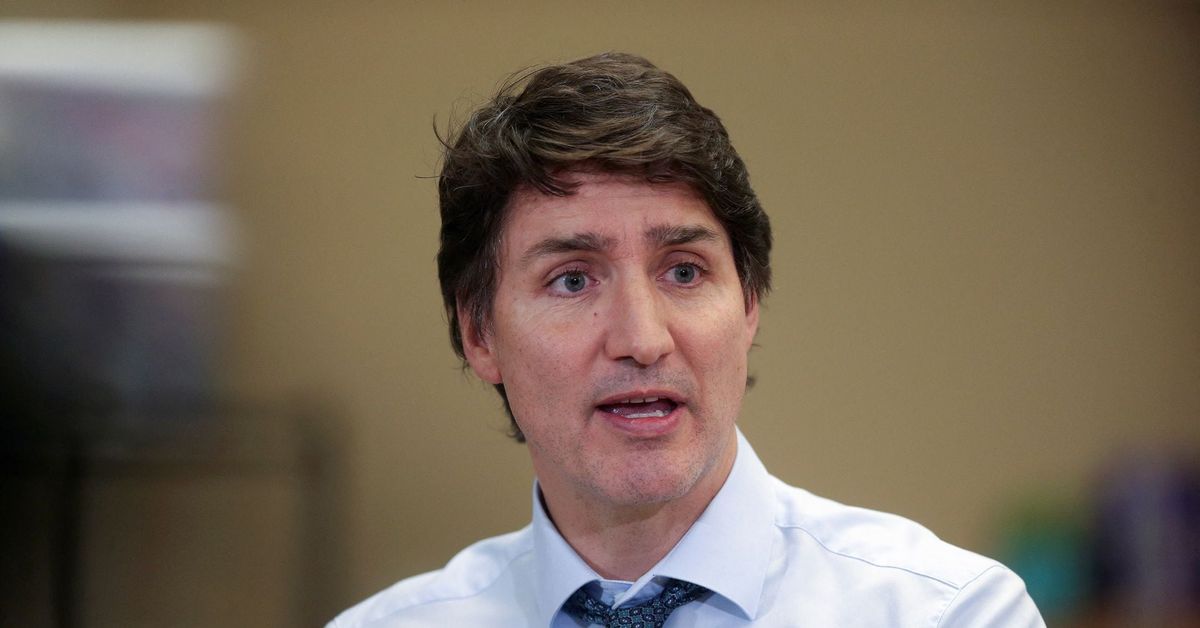
Canadian Prime Minister Justin Trudeau should rein in spending in his upcoming budget if he wants interest rates to come down quickly and alleviate the cost-of-living pressures slamming his polling numbers, economists said.
Trudeau has expanded support of public health programs and social services over the past eight years. During the pandemic, spending rose further and in 2020 Canada posted its biggest deficit since World War Two.
Economists and analysts said time was running out for the prime minister to get his fiscal house in order. A delay would not only damage his credibility at a time when his poll numbers were abysmal but also could force the central bank to keep rates higher for longer.
“If (the government) did hold back its spending … that would help to provide more of a disinflationary impulse to the Canadian economy,” said Randall Bartlett, senior director of Canadian Economics with Desjardins Group.
The government had expected direct program expenses to fall by 8% this year, but instead they have jumped by 6%, Bartlett said. Further increases in spending in the budget would mean “the (central) bank can’t start cutting rates as early or as quickly as Canadians would prefer,” he said.
This year’s budget will be presented to parliament on April 16, the Finance Ministry said on Monday.
The Bank of Canada (BoC) has kept its key overnight rate at 5% in its last four meetings as housing costs, food prices and wages continue to stoke underlying inflation. The bank is again expected to keep rates on hold at its next rate announcement on Wednesday.
The Liberals’ spending have put them at odds with the central bank. BoC governor Tiff Macklem has repeatedly warned that the level of spending by the federal, provincial and municipal governments is not helping ease inflation and could slow rate cuts.
Finance Minister Chrystia Freeland last month told lawmakers that the government’s budget would create conditions for rates to come down and that the fiscal targets set last fall would be met.
But she is also promising measures to get more homes built amid a housing crunch and to make life more affordable for Canadians.
Spending on salaries of government employees, grants, subsidies and capital expenditure – direct program expenses – has doubled to about 10% of gross domestic product from 5% in 2015. In the first nine months of this fiscal year to March 31, these expenses have already surpassed previous year’s number by a third.
The federal deficit swelled by more than four times to C$23.6 billion during the first nine months of the fiscal year, compared with the same period of the previous year, official data show.
Freeland proposed new fiscal anchors in November’s Fall Economic Statement capping the deficit at C$40.1 billion – or about 1.4% of GDP – in the current fiscal year.
The government is expected to overshoot this deficit by around C$20 billion, which will further push up debt servicing costs, said Robert Asselin, senior vice president, policy at Business Council of Canada.
The Parliamentary Budget Office, a spending watchdog, said in its Economic and Fiscal Outlook report on Tuesday that the budget deficit was likely to rise to $46.8 billion or 1.6% of the GDP for this fiscal year.
It estimates the government’s debt service ratio, or public debt charges as a share of revenues, to rise to 10.2% this fiscal year and stay elevated through 2028-29.
“If you want to get out of a hole, first stop digging it deeper,” said John Manley, a former Liberal politician who served as Canada’s finance minister between 2002 and 2003.
“I think they need to be held to account for what they’re committing future governments to spend.”

